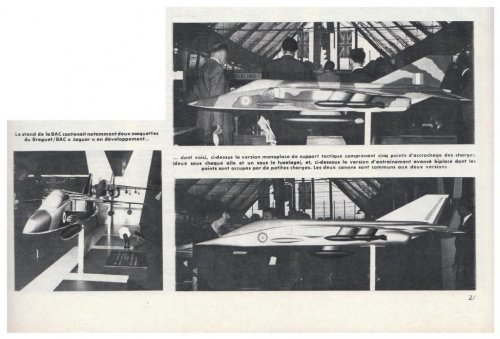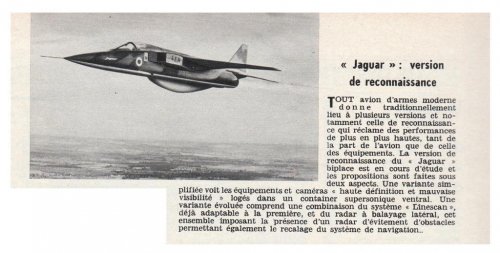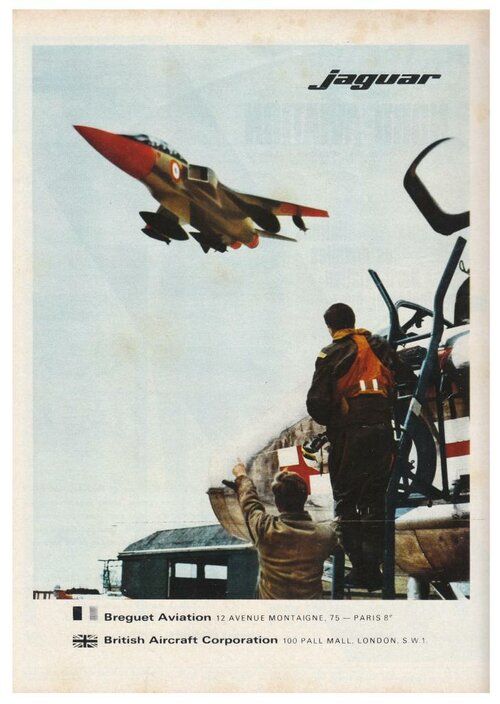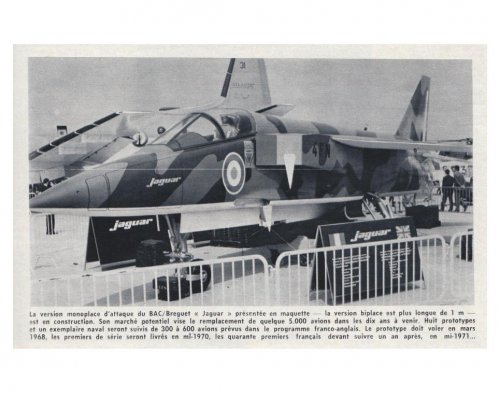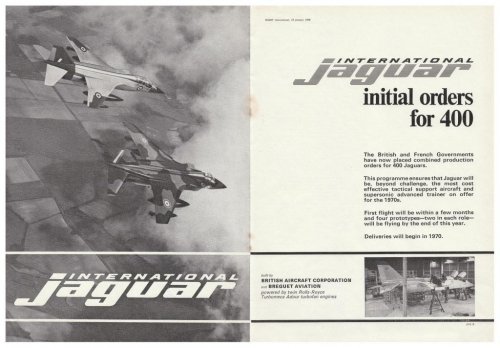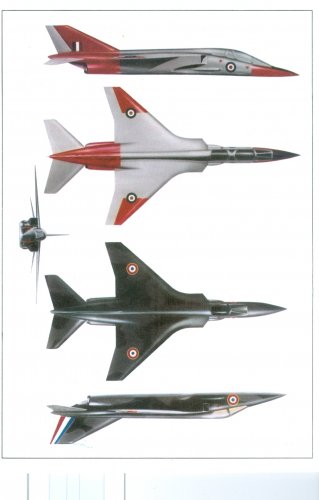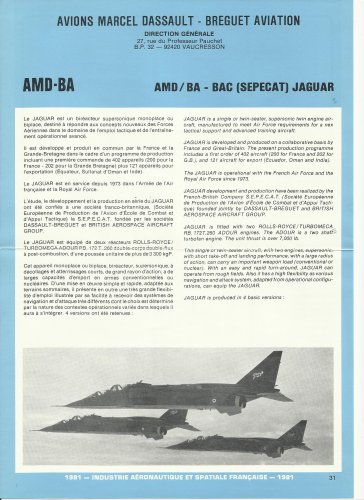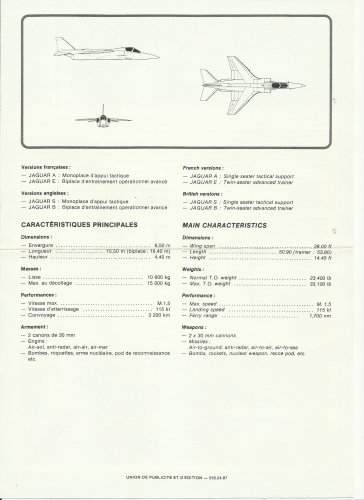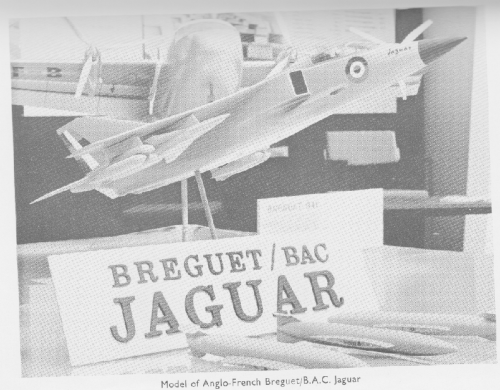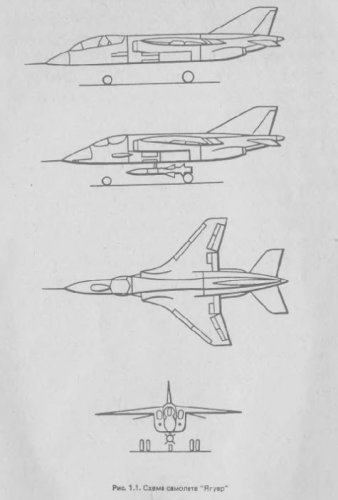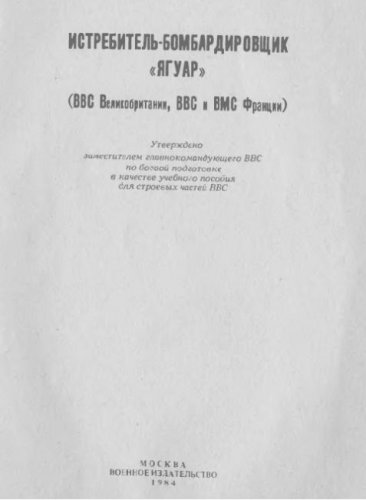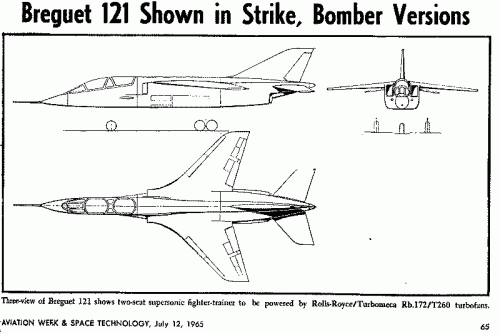I agree. Jaguar was RAF's first "stealthy" type.
In the aftershock of 1957 Force reduction, cheap quantity lapsed for multi-role quality, because so few platforms would be operated. So: no combat Gnat; add the strategic role to the Tactical Canberra-replacement; put NDBs in Shackleton (!!) Draft ASRs carried the kitchen sink; industry piled capability (=cost/complexity) onto any sketch, trying to multi-task.
After Healey's hacking, AFVG was the white hope; UK bought design leadership by taking junior slot on a Breguet going-concern. Most of RAF's 200 were to be B Trainer, few S Strike, and those might soon lapse. Though UK chose to put Elliott Nav/WASS in it, folk at Warton felt distinctly in Reserve if not assigned to AFVG. Then M.Dassault caused AFVG to lapse. F-4M must be liberated from Strike to replace Lightning, so Jaguar must be procured NOW! as 165/S, only 35/B. So, not much tarting about. S slipped in unobserved.
Healey then ran a competition for the missing advanced trainer (no point in buying more Bs, or Alphajet, from perfidious France). He specified no bolt-on goodies, no multi-tasking, at a fixed price. BAC did not believe him. HSAL, empty, offered one package price for 175 to that Spec, no more no less. Sold. No prototype, no meddling by Requirors piling on nice-to-haves, thus destroying the price.
It was the business success of Hawk acquisition that led to (intended)package-pricing of Tucano, Grobs, E-3D ... Define what you want, leave Supplier to deliver. Don't allow firms to play the Changes game, which they will always win.
If UK had taken junior slot on AFVG, and tried, solo, a multi-role lighter combat/advanced trainer, P.45-ish... then as it slipped and bloated, might we have taken a T-38/F-5E package?

